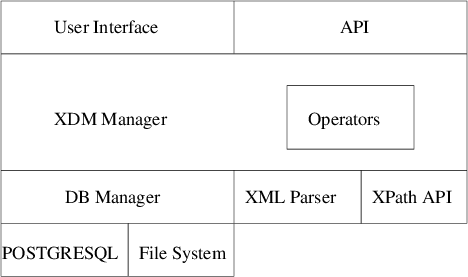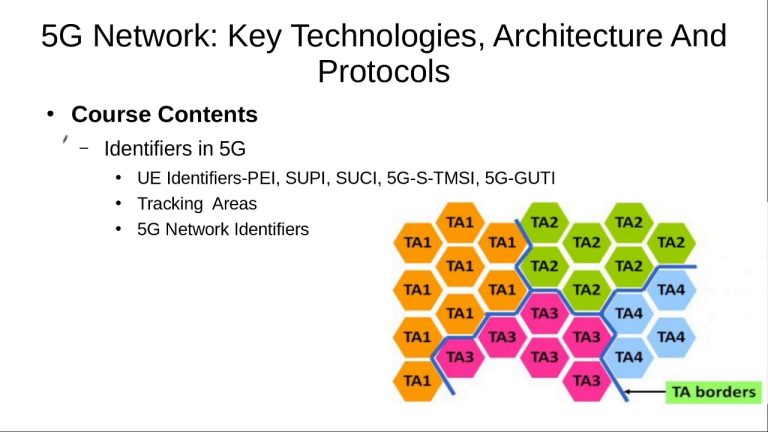Understanding USS: UE-Specific Search Space Explained
telcomatraining.com – In the world of 5G technology, efficient spectrum utilization plays a crucial role in ensuring seamless connectivity. One of the essential concepts that contribute to this efficiency is the UE-Specific Search Space (USS). Understanding USS is vital for optimizing network performance and improving user experience. This article delves into the fundamental aspects of USS, its significance, and its role in 5G New Radio (NR) systems.
What is UE-Specific Search Space (USS)?
UE-Specific Search Space (USS) refers to a dedicated set of control channel candidates assigned to a particular User Equipment (UE). It is a subset of the total control channel search space within the Physical Downlink Control Channel (PDCCH). Unlike the Common Search Space (CSS), which is shared among multiple UEs, USS is tailored for individual devices, ensuring efficient resource allocation and enhanced reliability.
In simpler terms, USS enables UEs to locate and decode their specific Downlink Control Information (DCI) within the PDCCH. This mechanism plays a vital role in scheduling downlink and uplink transmissions, optimizing latency, and enhancing communication reliability.
The Role of USS in 5G NR
5G NR introduces advanced search space concepts to improve scheduling flexibility and spectrum efficiency. USS contributes significantly to this framework in the following ways:
- Personalized Resource Allocation – USS ensures that each UE has a dedicated space for control message reception, reducing interference and enhancing communication reliability.
- Latency Optimization – By allocating a specific search space for each UE, USS helps reduce the time required for decoding control information, leading to lower latency.
- Efficient Spectrum Utilization – USS minimizes resource contention among multiple UEs, allowing for more efficient use of available bandwidth.
- Enhanced Network Performance – With dedicated USS, network congestion is reduced, improving overall throughput and service quality.
Differences Between USS and CSS
USS and CSS serve distinct purposes in 5G NR. While both are used to decode DCI, their primary differences include:
- Scope: CSS is shared among multiple UEs, whereas USS is assigned to individual UEs.
- Flexibility: USS offers more customized scheduling, whereas CSS is used for broader control signaling.
- Reliability: USS ensures a more consistent and reliable link for individual UEs, reducing the chances of collisions in control signaling.
USS in 5G Scheduling
The USS mechanism plays a pivotal role in scheduling control and data transmissions. The scheduling process involves:
- DCI Transmission – USS carries UE-specific DCI, enabling the device to understand its resource allocation.
- PDCCH Monitoring – UEs continuously monitor their USS for scheduling grants, ensuring timely reception of control information.
- Dynamic Adaptation – The USS configuration can be dynamically adjusted based on network conditions, user priority, and Quality of Service (QoS) requirements.
Challenges and Considerations
Despite its advantages, USS implementation comes with certain challenges:
- Complex Configuration – USS requires precise configuration to avoid inefficiencies in resource allocation.
- Interference Management – While USS minimizes interference, network operators must still optimize settings to maximize spectral efficiency.
- Adaptability – USS must be dynamically adjusted based on varying network loads and UE mobility patterns.
Conclusion
UE-Specific Search Space (USS) is a fundamental component of 5G NR that enhances resource allocation, improves latency, and optimizes network performance. By providing dedicated control channel resources for individual UEs, USS plays a critical role in ensuring efficient and reliable commun







